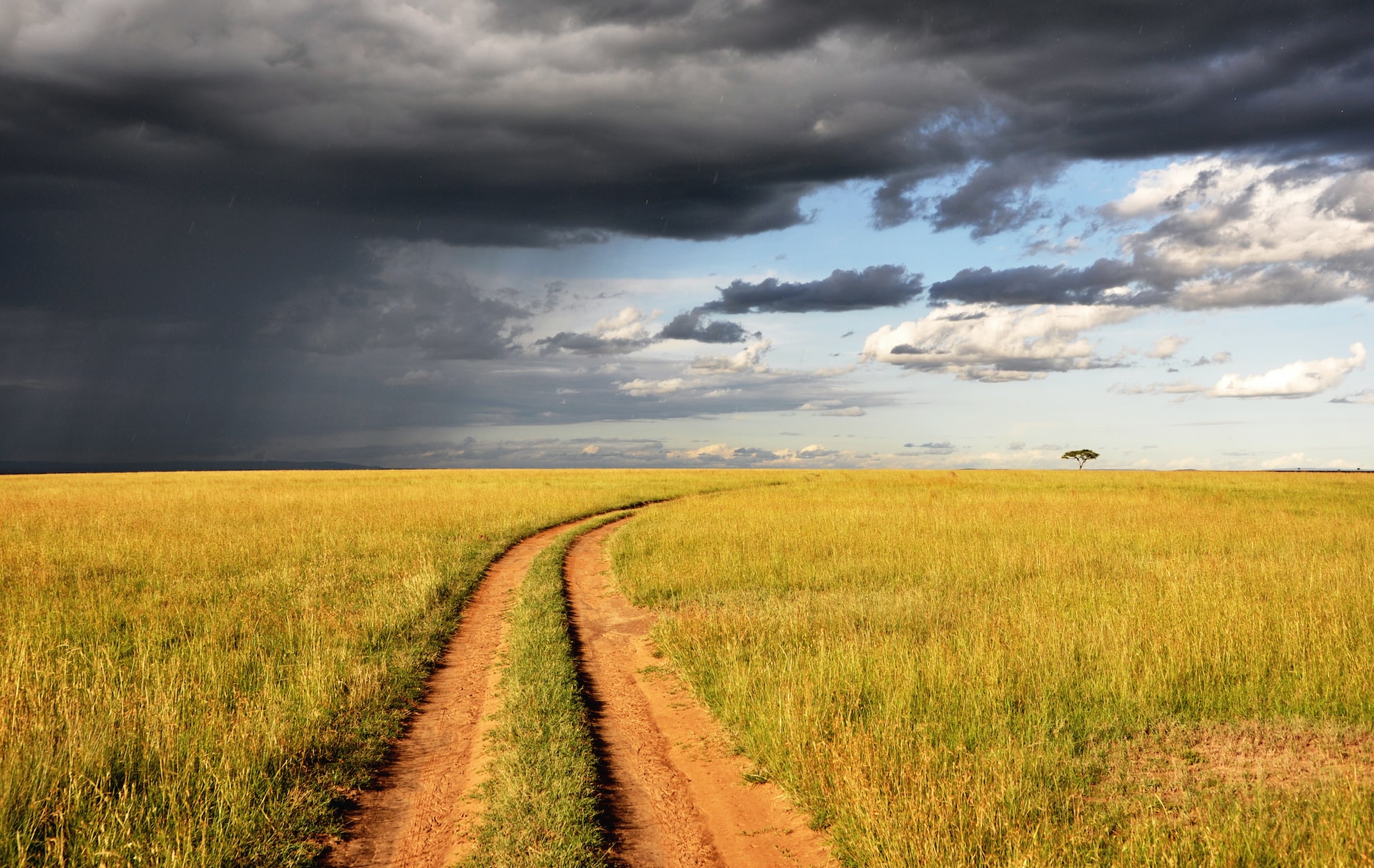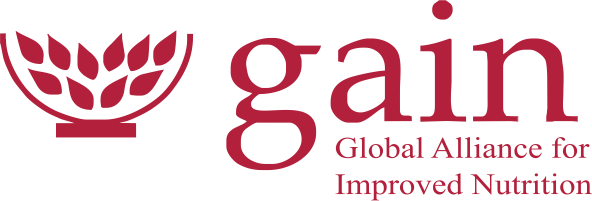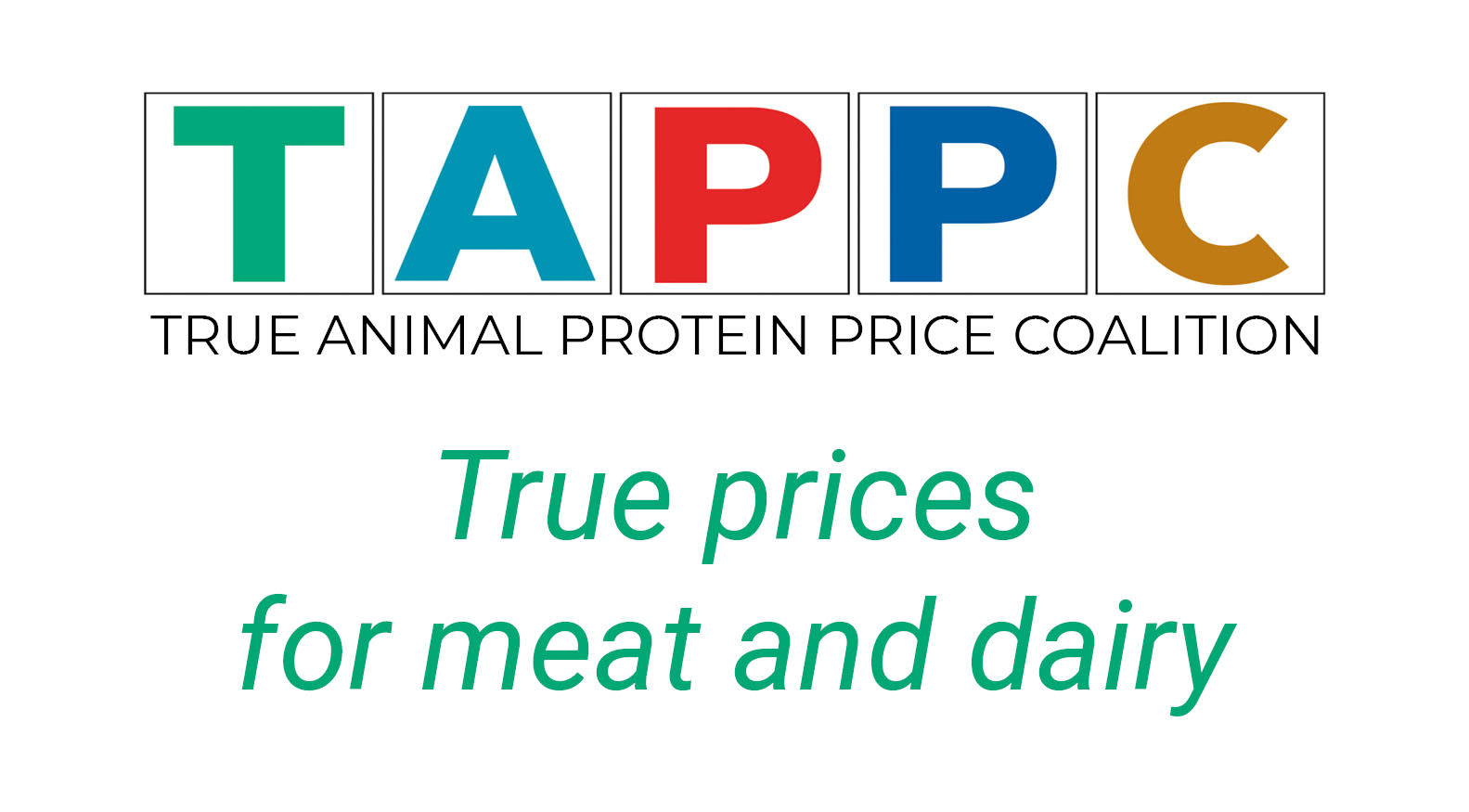Nature-Based Solutions
Pivoting to Nature Positive Land-use, Food and Agriculture
We’re in a Race.
A race against time and against ourselves. Against the dangerous idea that we can’t do this, that there is no way.
Unlike most races, it won’t have one winner. In this race we all win, or we all lose. Winning it requires a radical, unprecedented level of collaboration, from all corners of our world. From our cities, businesses, regions and investors. From people everywhere.
Together we’re racing for a better world. A zero carbon and resilient world. A healthier, safer, fairer world. A world of wellbeing, abundance and joy, where the air is fresher, our jobs are well-paid and dignified, and our future is clear.
To get there we need to run fast, and get faster. We need more and more people to join the race, and right now. This is not about 2050, it’s about today.
Pivoting to Nature Positive Land-use, Food and Agriculture
 ×
×
Nature is our life source: providing a stable climate, food and wellbeing. More than $44 trillion of economic value generation (more than half of the world’s total GDP) is dependent on nature (WEF). But right now, nature is not being valued. Because of human activities, vital carbon sinks in our land and our food systems are being destroyed, undermining our ability to adapt to climate change impacts as well as our ability to capture and store carbon. We must protect, manage and restore nature to leverage its unique capacity to provide viable and scalable climate solutions and a more abundant, stable planet.
Nature provides resilience and at least a third of the mitigation and removal opportunity required to achieve a 1.5°C pathway. Key actions, such as shifting to healthy sustainable diets, minimising food loss and waste, regenerative grazing, forestry, and farming, as well as, rapidly restoring and protecting nature, the rights of indigenous peoples, and deploying urban nature at scale, are needed. Every country, city and citizen, every financial institution, company and civil society organisation has a role to play to mitigate over 10Gt of CO2e each year by 2030.
How industry and infrastructure can help
The role of public and private financing
New analysis, commissioned by the UN Climate Change High-Level Champions, finds a five-fold increase in companies committed to net-zero from the forest, land and agriculture sectors — the second highest emitting industry after energy.
READ MORE
Accountability Framework: a common approach for ethical supply chains in agriculture and forestry
READ MORE
Climate Action Platform - Africa: Nature-based carbon dioxide removal opportunities in Africa
READ MORE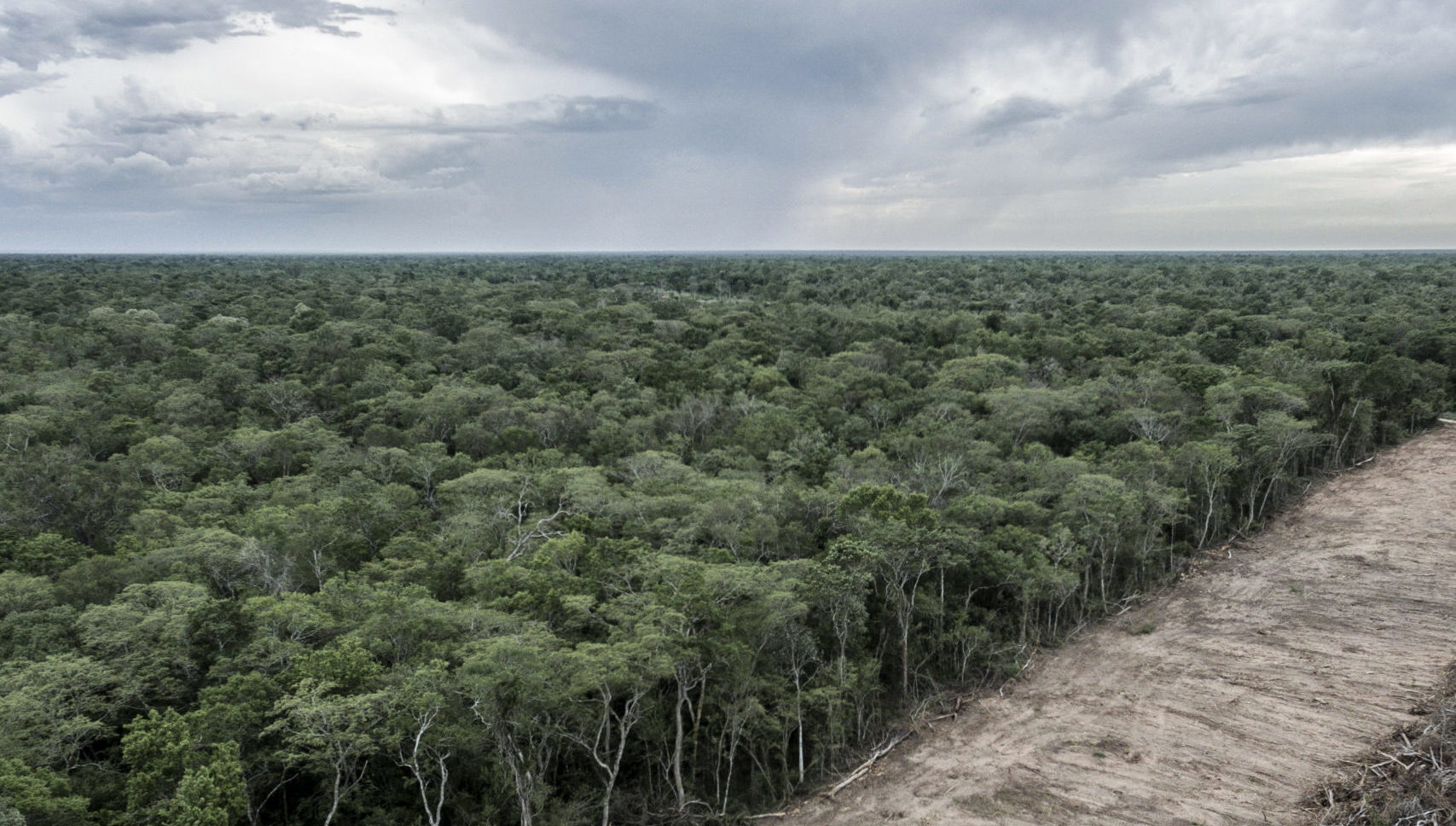
New portfolio of programs, based on the $500 million committed from the Central African Forest Initiative (CAFI) Fund for the period 2021-2026 created.
READ MOREHow governments can accelerate the transition
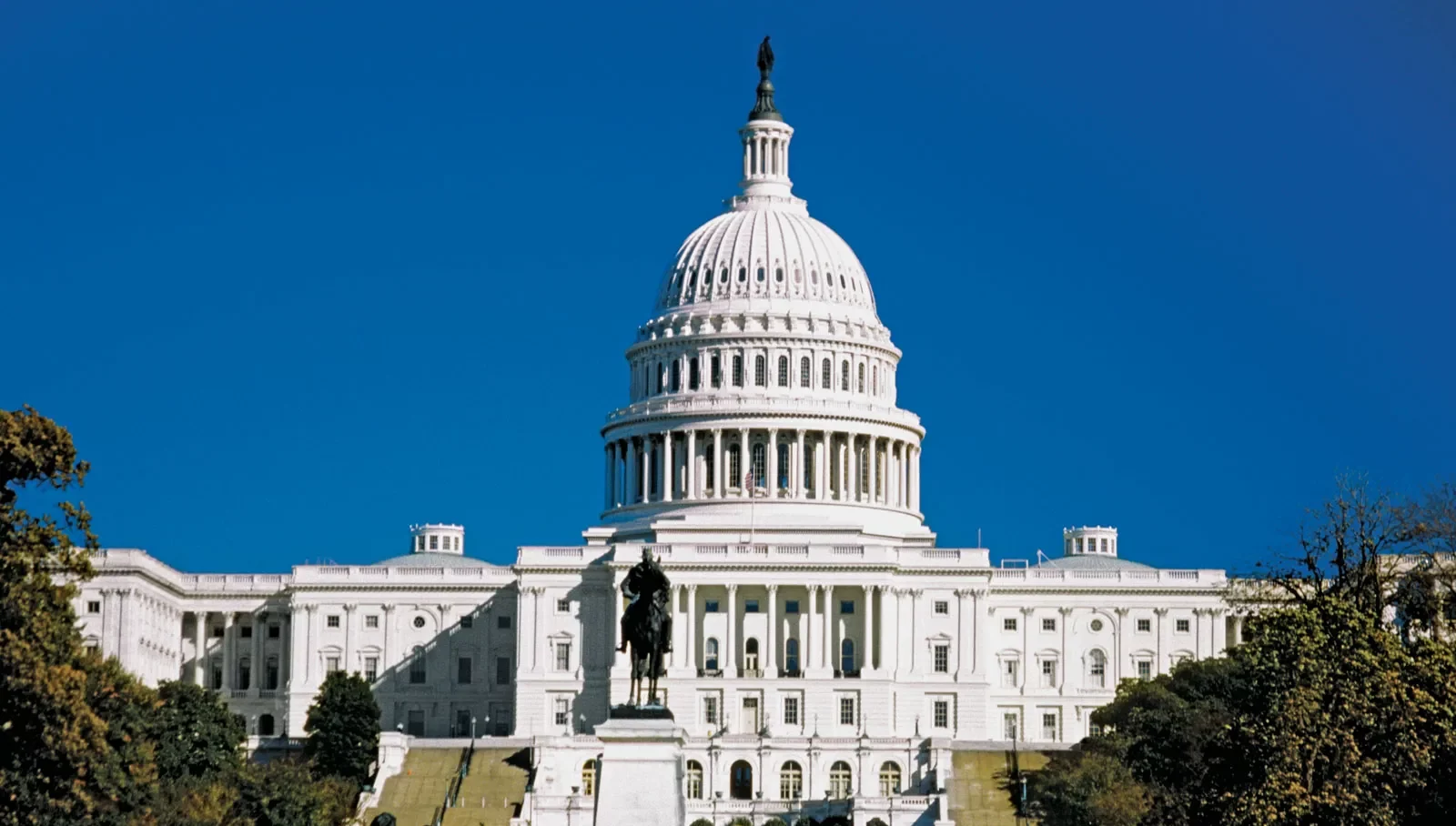
White House: Biden-Harris Administration Advances Commitment to Create More Equitable Access to Parks and Nature in Communities
READ MORE
Society for Ecological Restoration: Financing innovative nature-based solutions in cities: how to scale up for the next generation of urban NBS
READ MOREHow the market can influence change
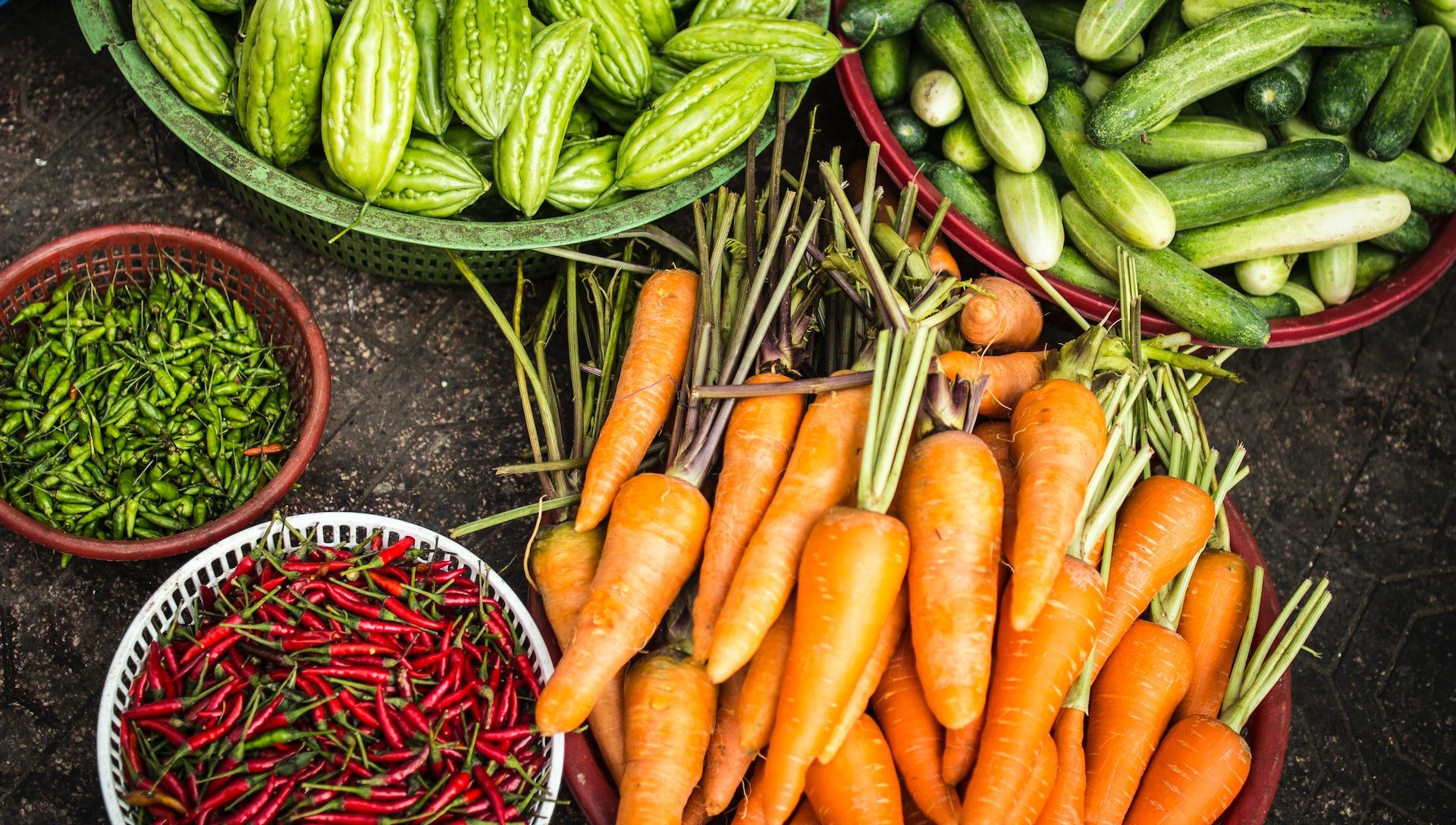
Rockefeller Foundation commits US105M to making healthy and sustainable foods more accessible (Press Release)
READ MORE
UN Food Systems Summit: Action Track 1 - ensure access to safe and nutritious food for all (Videos & Reports)
READ MORE
Ernst and Young: Protein reimagined: challenges and opportunities in the alternative meat industry (Article)
READ MORE
WWF, UNEP, EAT and ClimateFocus: Enhancing NDCs for food systems recommendations for decision-makers (Report)
READ MORE
Global Alliance for the Future of Food: Untapped opportunities for climate action (Report)
READ MORE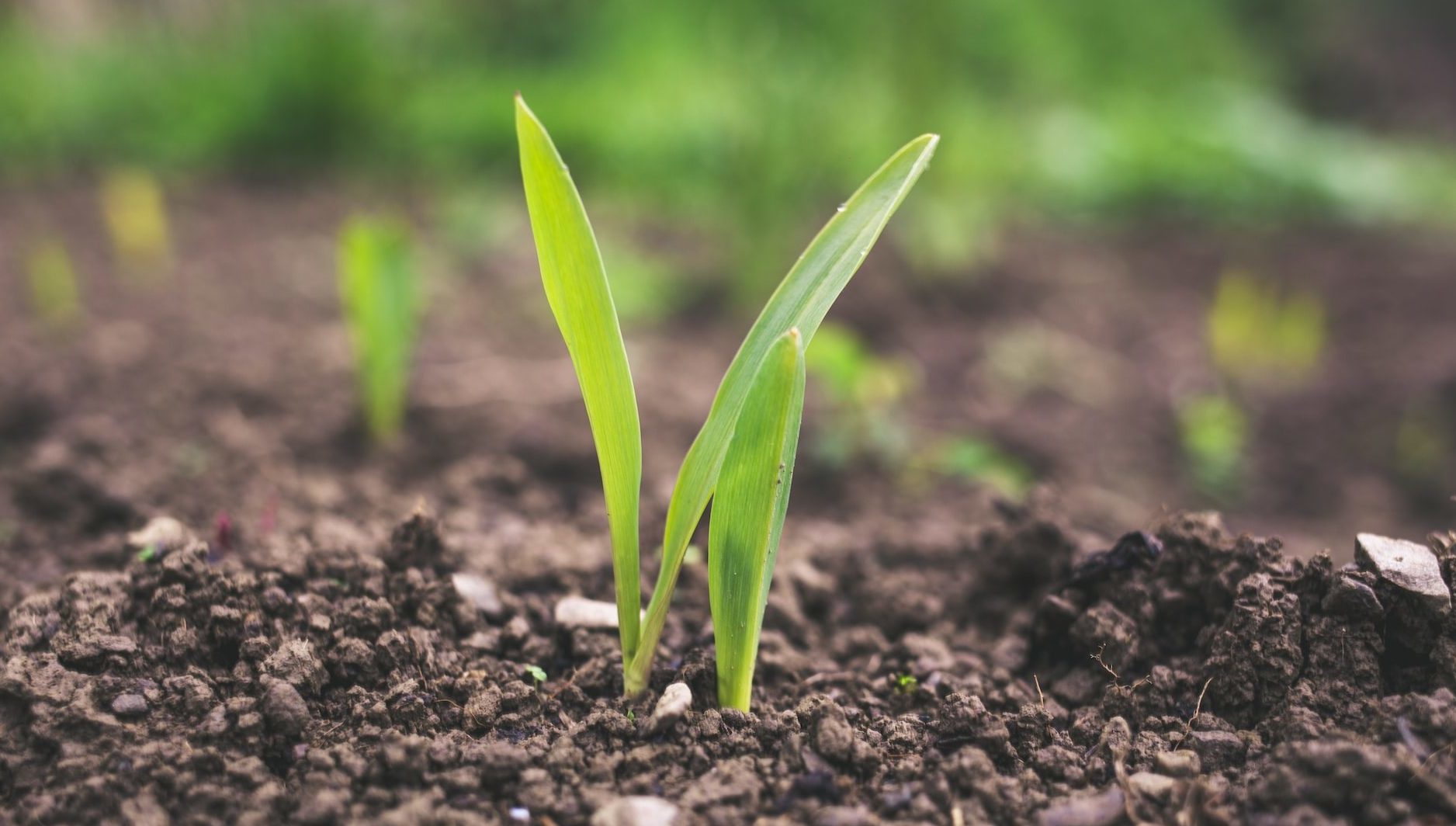
UNSDSN & FOLU: From global commitments to national action: a closer look at NDCs from a food and land perspective (Press Release & Report)
READ MORE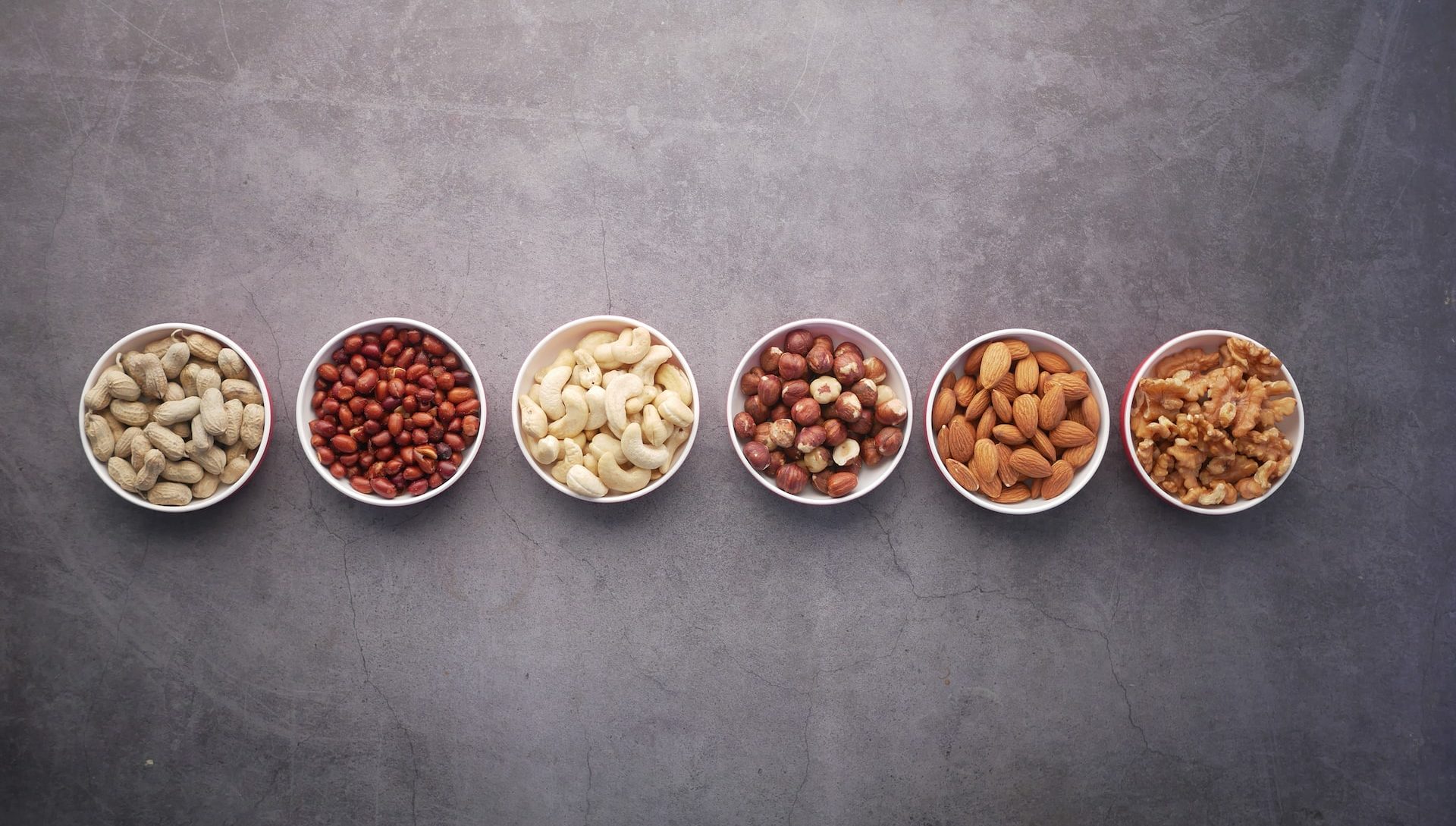
Protein Industries Canada Playing Matchmaker Between Companies, Researchers, And Funding (Press Release)
READ MORE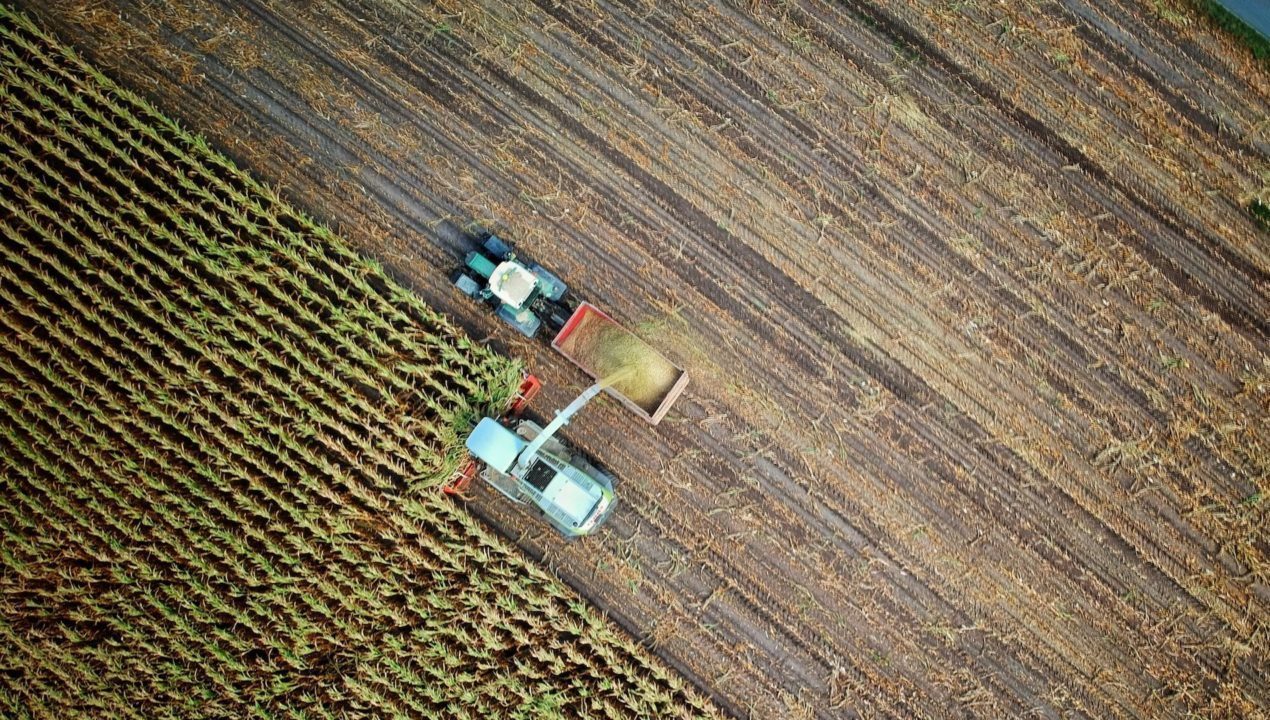
Farming Futures R&D Fund: supporting sustainable farm-based protein in the UK (Government Website)
READ MORE
Global Alliance for the Future of Food: Untapped opportunities for climate action
READ MORE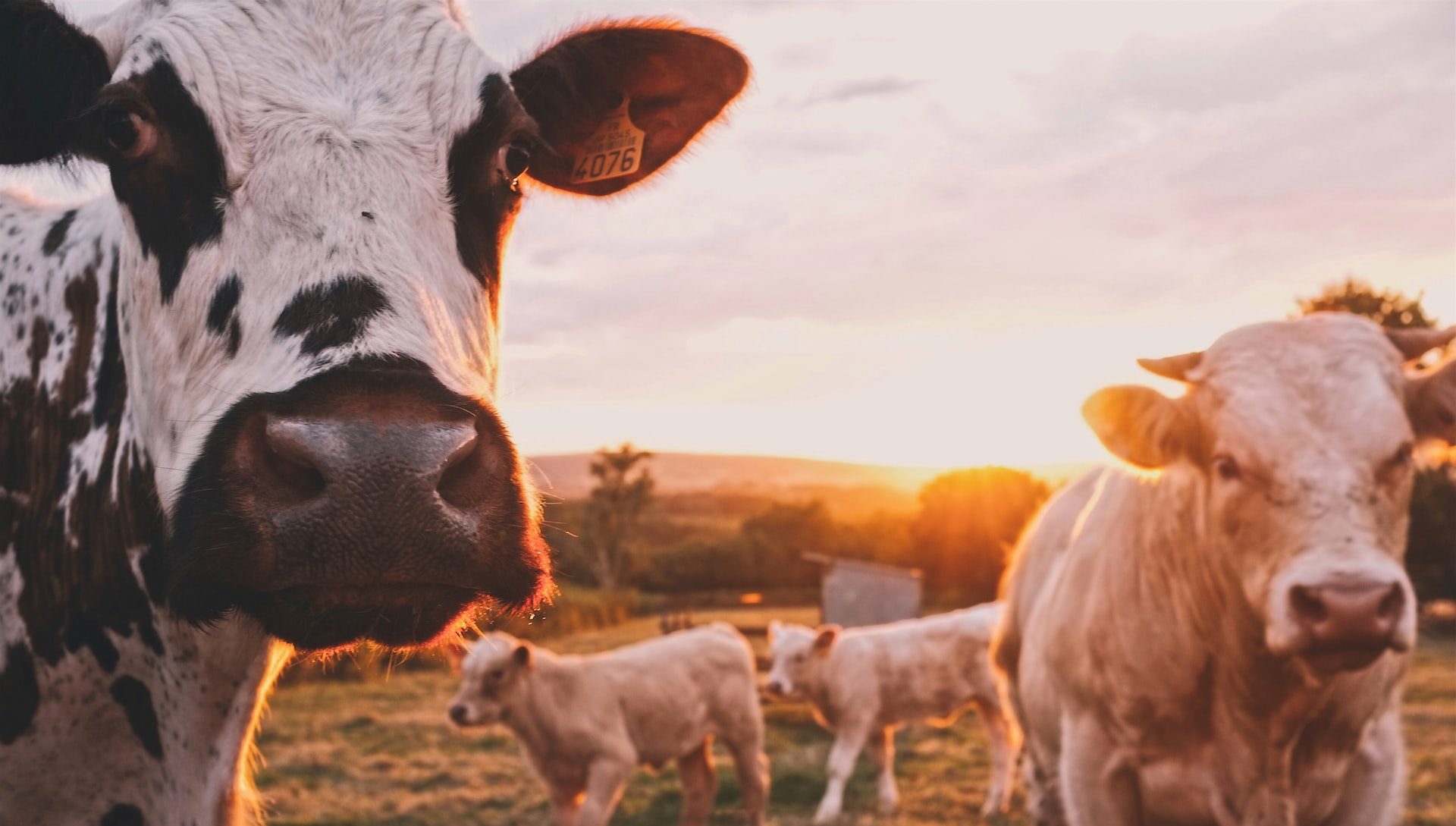
The Agriculture Innovation Mission for Climate (AIM4C), a 45 country and 200+ NSA coalition has allocated more than $4 billion in agriculture innovation for climate
Exponential Roadmap Initiative
Taskforce on Nature-related Financial Disclosures
Commitment on Eliminating Agricultural Commodity-Driven Deforestation
Consortium of International Agricultural Research Centres
Global Research Alliance on Agriculture GHGs
Milan Urban Food Policy Pact (2015)
C40 Good Food Cities Declaration (2019)
Glasgow Food and Climate Declaration (2021)
Bonn Challenge Regional Actions
Forest Carbon Partnership Facility
To drive systems transformation, the market share of companies in the Race must reach a tipping point of 20% to further catalyse change within the sector.

Tackling forest deforestation related to forest-risk agricultural commodities represents a key opportunity and imperative for the financial sector toward meeting net zero commitments.
READ MOREAfrica’s long-standing development challenges, compounded by shocks to global supply chains, underscore the urgent need to drive progress and innovation in pivoting Africa’s food system.
READ MOREThe initiative, with farmers at its heart, will work with over 500 million farmers to apply regenerative production methods and transform agricultural systems, as well as ensure roughly USD $60 billion per year is deployed to finance the transition.
READ MORE

